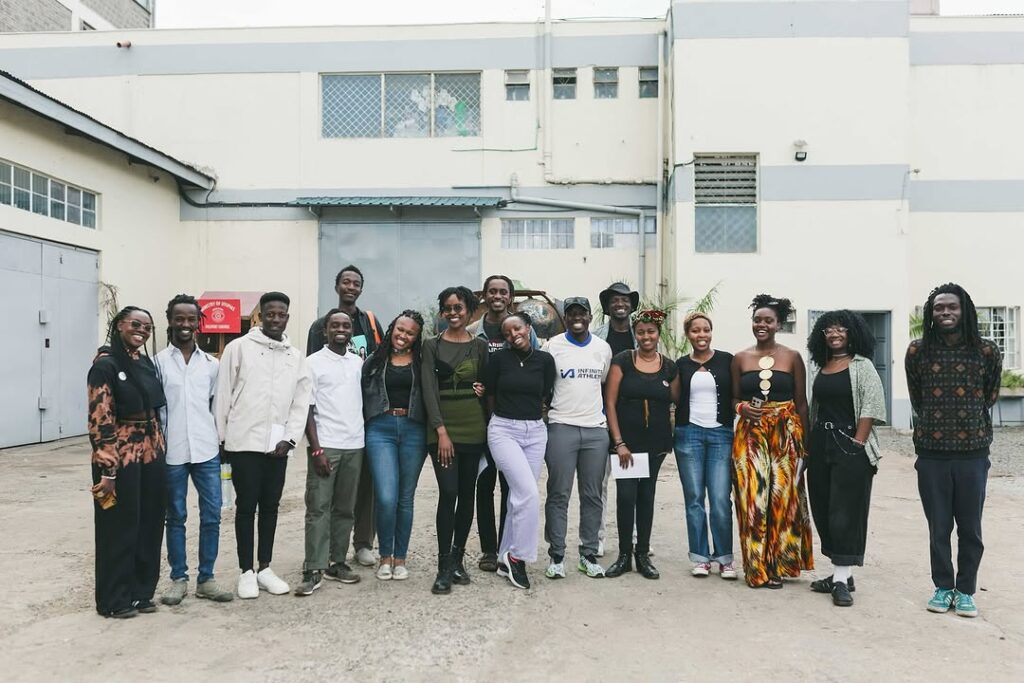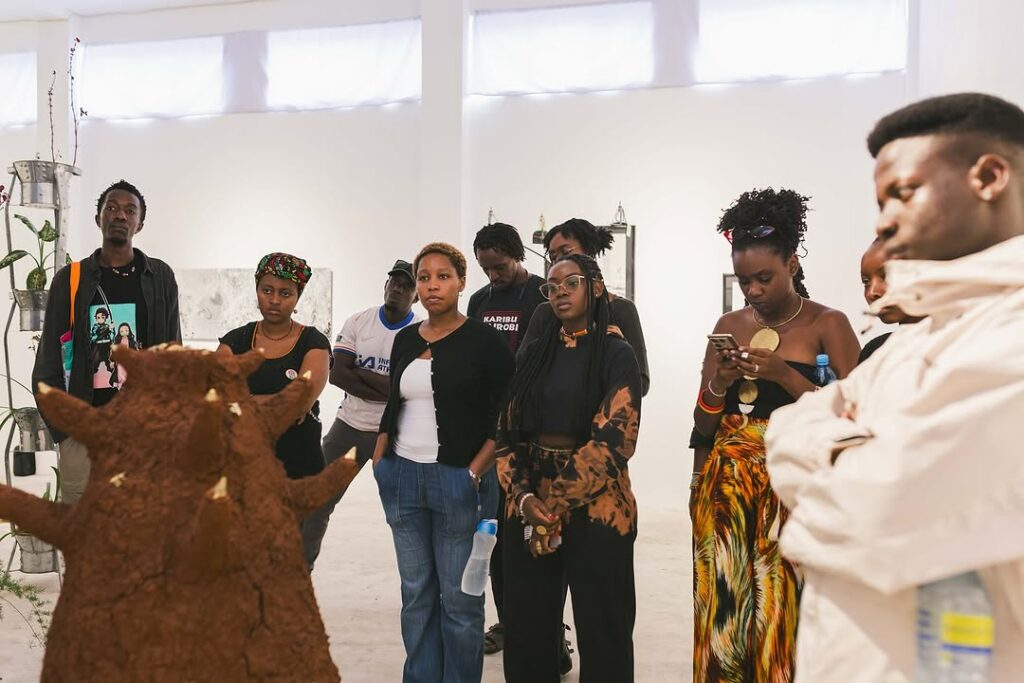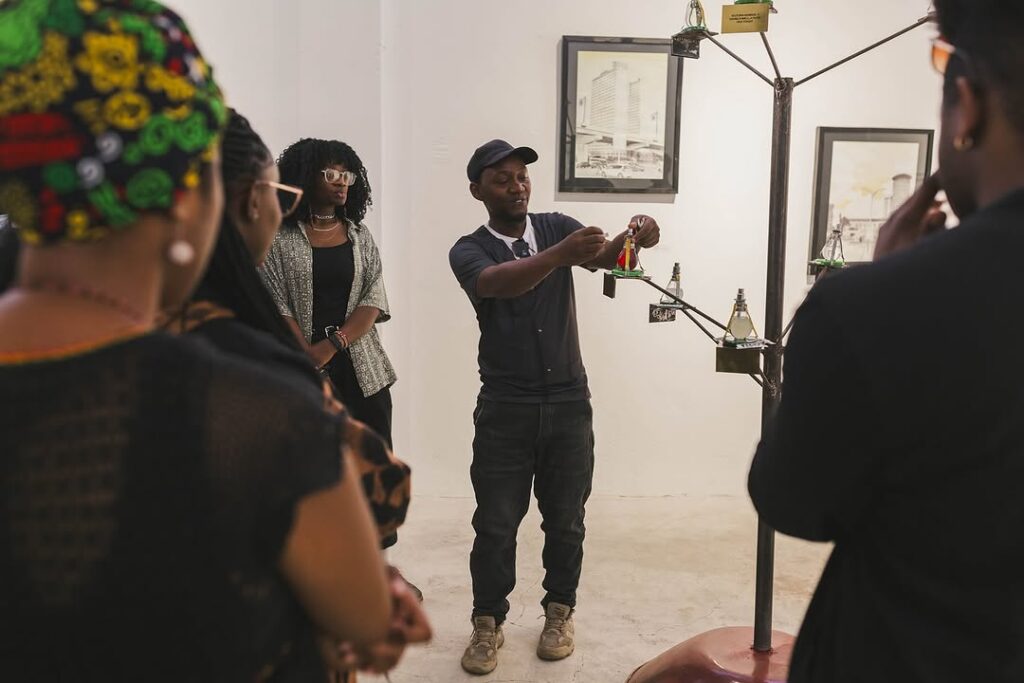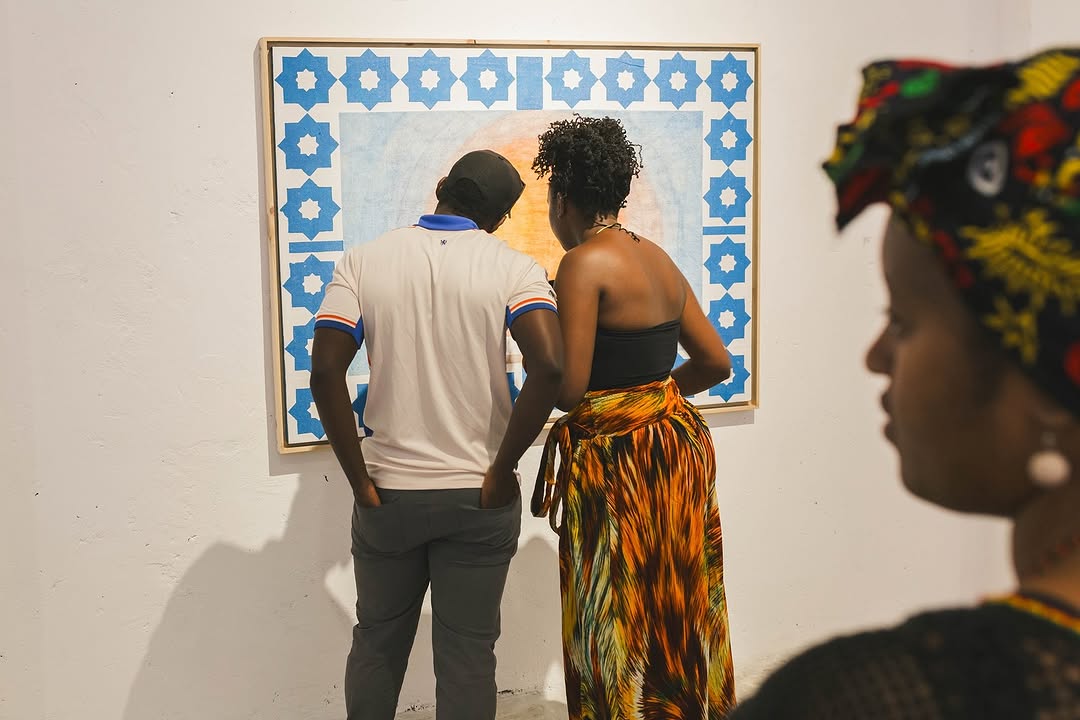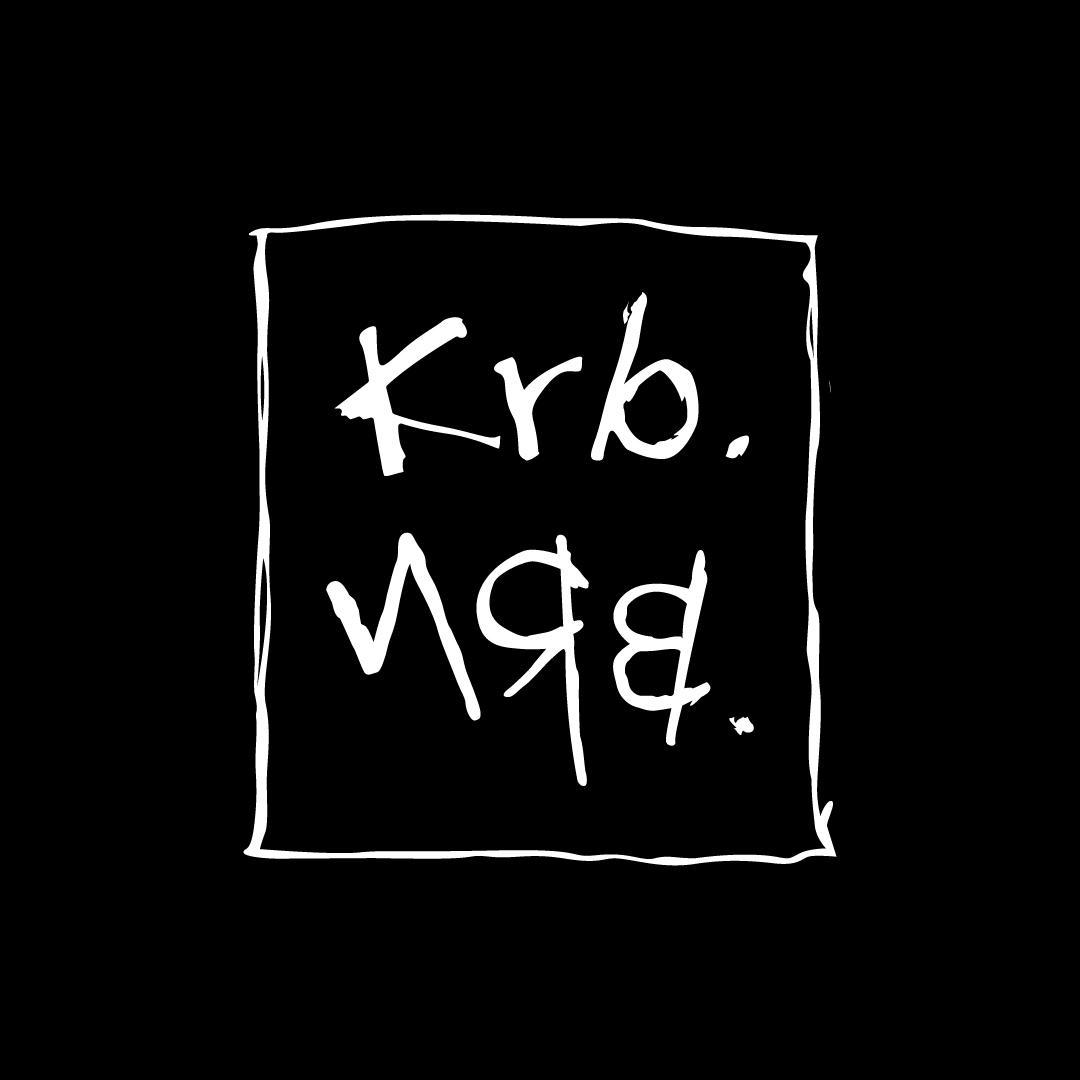Written by Selina Chahango
Our latest city excursion with Karibu Nairobi took us to Kairos Futura, a hidden gem nestled amidst the Industrial Area’s sprawl.
Surrounded by concrete and weathered warehouses, the studio exudes an eerie, almost dystopian charm. Inside, a smattering of people, amidst a sparse landscape of plants and merchandise, hints at the extraordinary creativity brewing within its walls.
As you step into the exhibition hall, your senses are immediately captivated. A towering installation of jikos, each nurturing a vibrant plant life, demands attention. Nearby, an imposing anthill, a testament to nature’s intricate design, stands as a silent observer. Two extraordinary chairs, each a unique piece of art, beckon you to sit and contemplate. And at the forefront, a mesmerizing apparatus, adorned with six enigmatic bulbs, piques your curiosity. As you lean in, a delightful surprise awaits: these are not ordinary bulbs, but rather a collection of captivating perfumes, each promising a sensory journey.
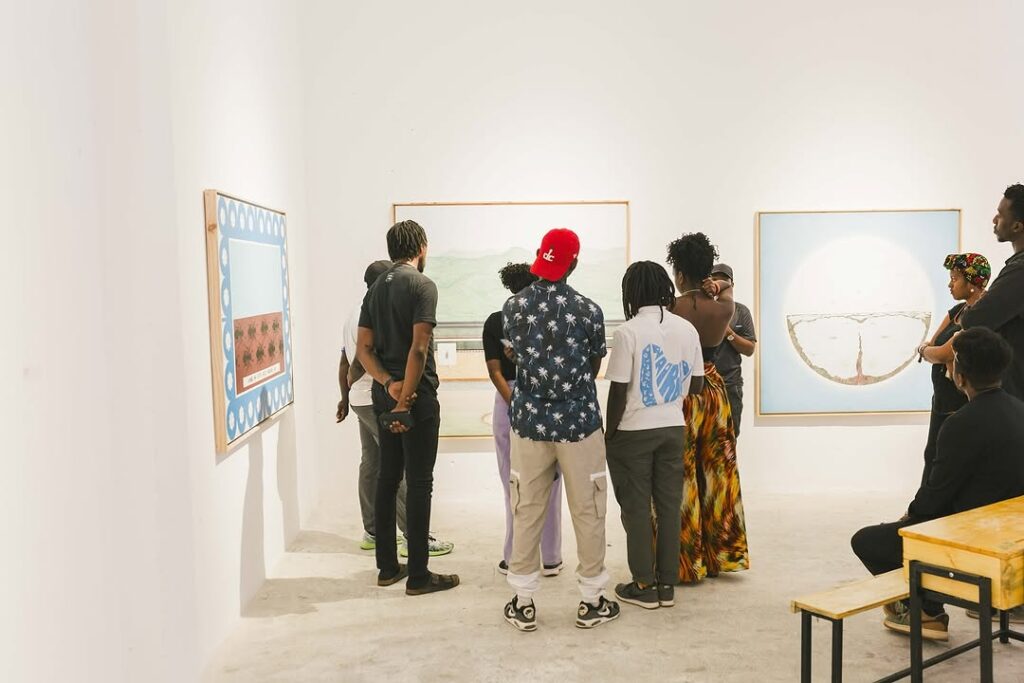
Towards the back of the room, a table displays a collection of white sculptures, their smooth forms inviting closer inspection. Meanwhile, the walls are adorned with thought-provoking artwork, adding depth and dimension to the exhibition space.
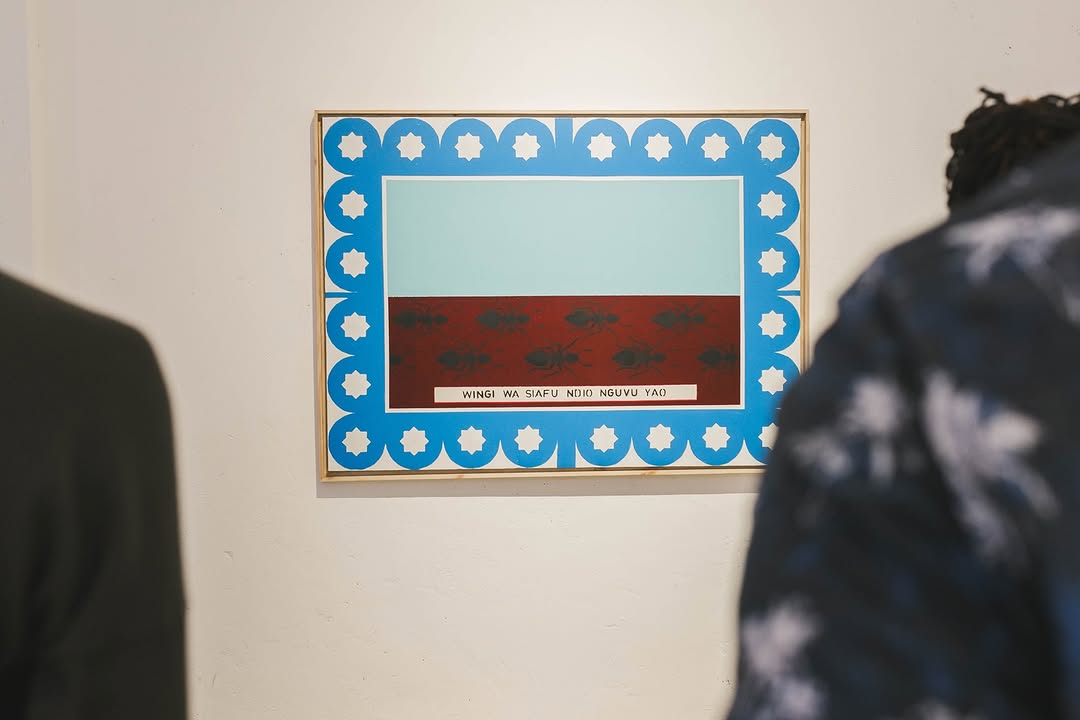
The artist’s over at Kairos Futura describe themselves as futurists.
futurist
/ˈfjuːtʃ(ə)rɪst/
noun
a person who studies the future and makes predictions about it based on current trends.
Last year, they delved into the darkness of dystopia. But this year, they emerge from the shadows, armed with hope and imagination.
Mumbua Musembi and Rosie Olang’ ask,
Hakuna Utopia?
Is there no place, no place approaching perfection?
‘Hakuna Utopia: In search of Miro-Utopias.’ is an immersive exhibition I can best encapsulate as hope in action. It is 9 visionary artists coming together to present a future that is not just possible, but desirable. They invite you to step into their imagined worlds and explore the idea of Utopia. Or, as Mumbua and Rosie put it, ‘To dream for ourselves and for each other.’
What does it look like? Is it a neon-lit metropolis or a serene, bioluminescent forest? What does it smell like? Does it carry the scent of blooming flowers or the crisp, clean air of a technological marvel? What does it feel like? Is it the weightlessness of zero gravity or the grounding embrace of nature? What does it sound like?
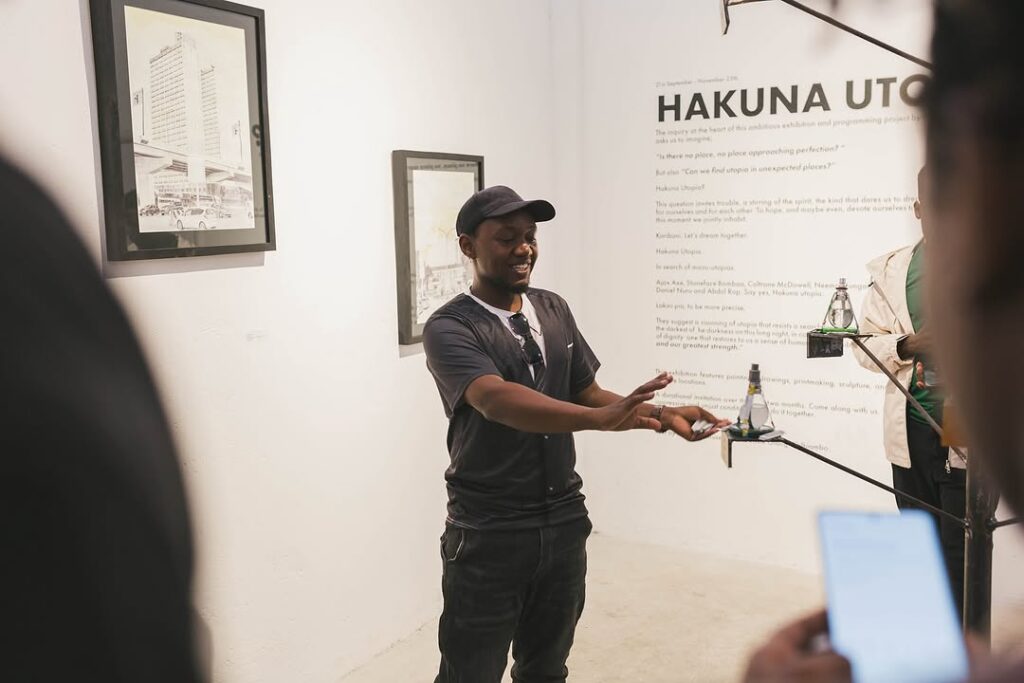
For Ajax, Utopia is a serene afternoon, cocooned in the comfort of a Kanairo chair, shielded from the sun’s relentless gaze. Stoneface Bomba envisions a harmonious ecosystem, crafted from local materials, where nature thrives in balance. Coltrane dreams of a cooperative society, inspired by the intricate social structure of ants, built on strength, intelligence, and a deep sense of community. Abdul Rop turns to the wisdom of the kanga, a symbol of African heritage and resilience, while Shabu invites us to delve into the depths of our own souls. Daniel Nuru whisks us away on the Utopia Express, a journey to a future filled with endless possibilities. Neemo takes us to a dreamscape, and Lincoln invites us to introspect and retrospect. Willy, the alchemist takes us on a fragrant journey of micro-utopias, compelling us to look closer into our surroundings and all the beauty we can enfleurage from it.
The olfactory experience at Utopia was undoubtedly a highlight. A towering display of artisanal perfumes, crafted from the most unexpected of ingredients, showcased the boundless creativity of these artists. By harnessing the power of locally sourced materials — from the intoxicating aroma of chang’aa to the earthy scent of rust, the floral notes of rose and lemongrass, the sweetness of jaggery, the vibrant tang of lantana, the delicate essence of currant, and the herbaceous fragrance of rosemary — they have not only created a sensory delight but also a tangible solution to local problems.
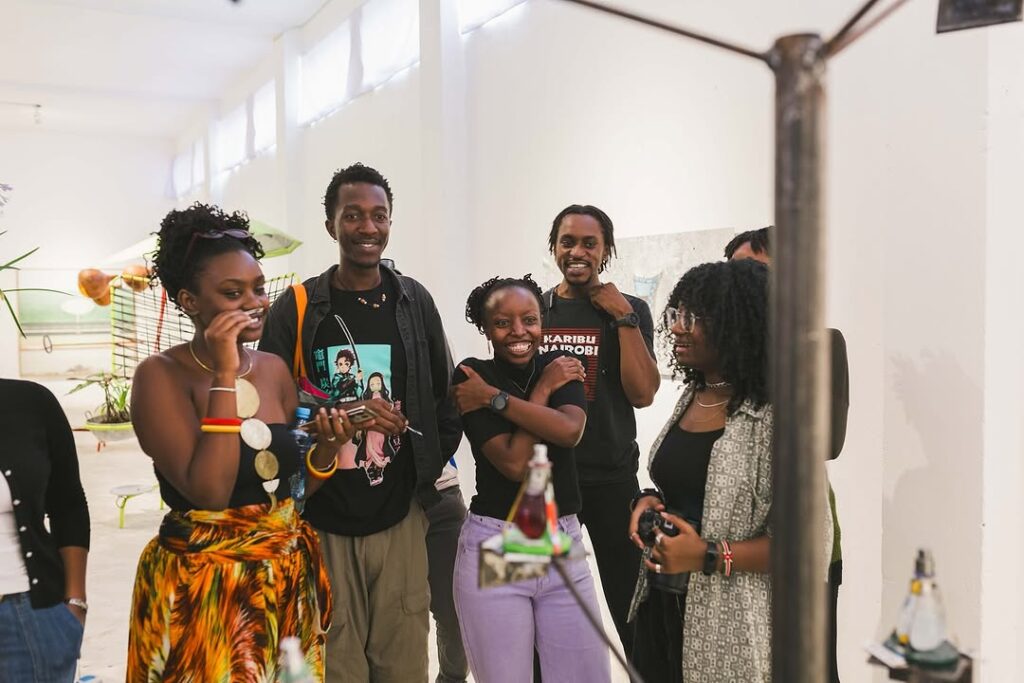
Perfumes like Creative Juice, Mukuru Velvet, Kitab, Dandora Summer Fresh, and Mathare Rustique represent a dream where indigenous ingredients are harnessed to transform the urban landscape. These olfactory creations have the potential to eradicate the noxious odors of dumpsites and decay, replacing them with a symphony of scents that celebrate the diversity and resilience of the community.
The hours spent immersed in the micro-utopia were nothing short of magical. It was an experience that ignited new neural pathways, filled us with awe, and transformed our perspectives.
We then gathered in the heart of an artisan’s workshop, surrounded by the raw materials of creativity, for a Kikao session, during which we delved into the profound role of art in shaping our utopian dreams. Inspired by the exhibition’s vision, we were united in the belief that Utopia is not merely a distant fantasy, but a tangible goal within our reach.
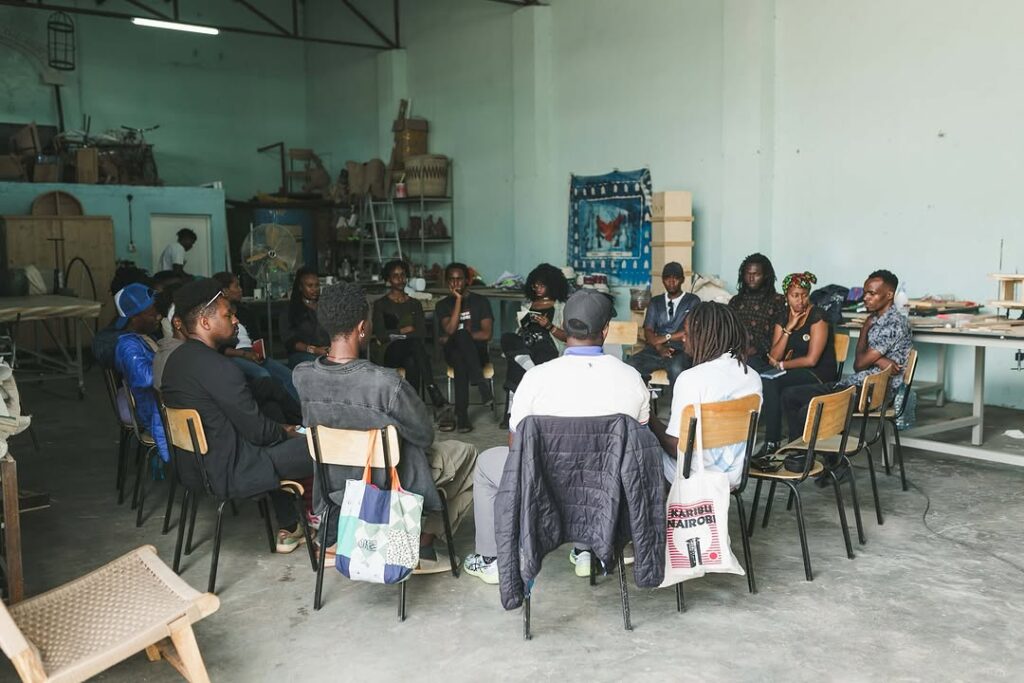
We recognized the importance of preserving our freedom to dream, to imagine a different world. For it is in the realm of imagination that we can dismantle despair, the insidious force that breeds dystopia. We acknowledged that, in our own unique ways, we all inhabit micro-utopias, pockets of joy and fulfillment. Yet, we also understood that Utopia is best experienced collectively, shared with others.
We pondered the nature of collective Utopia, questioning whether our individual visions must align perfectly. We agreed that the pursuit of Utopia is a journey, a continuous flow of balance and counterbalance. Effective communication emerged as the cornerstone, allowing us to bridge differences, foster collaboration, and move towards a shared vision.
We dissected the role of the city, a double-edged sword that can both stifle and nurture utopian aspirations.We discussed the constraints imposed by capitalism and consumerism, which often limit our ability to dedicate time and resources to the pursuit of Utopia. We recognized that Utopia requires sacrifice, a willingness to prioritize our dreams over material possessions.

Art, we concluded, is a powerful catalyst for utopian thinking. It ignites imagination, offers a visual language for expressing abstract ideas, and connects us to our shared humanity. Art can transform the ordinary into the extraordinary, inspiring us to learn, grow, and explore new frontiers. It has the power to elevate our spirits and awaken our inner creativity. Art gets us to slow down. To observe. To take a closer look.
As eloquently stated by Ajax Axe, “art is our birthright and our greatest strength.”
It is the pursuit of our higher selves. The creator within.
‘Hakuna Utopia: In search of Micro-Utopias’ stands as a testament to the power of human imagination and a beacon of hope for the future.
At the end of the experience, we each got some tree seedlings to go and plant, as well as a passport and a map that will allow you to explore the other 5 micro-utopias explored during the course of this project.
